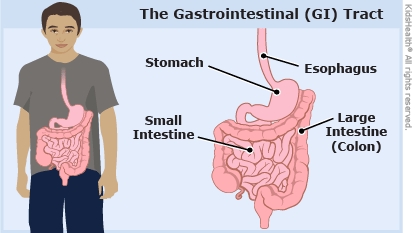Kids with eosinophilic gastroenteritis have too many eosinophils (a type of white blood cell) in the lining of their stomach and intestines. Having too many eosinophils (ee-uh-SIN-eh-filz) makes the walls of the stomach and intestines thicken and swell. Eosinophilic (ee-uh-sin-eh-FIL-ik) gastroenteritis can cause stomach pain, nausea, vomiting, diarrhea, and loss of appetite. In many kids, this is a long-term condition that flares up at times. Your health care provider may recommend diet changes or other treatments.



Your child:

Your child:

What causes eosinophilic gastroenteritis? The cause of eosinophilic gastroenteritis is not clear. It may run in families, and it sometimes happens in kids who also have allergies, asthma, or eczema.
How is eosinophilic gastroenteritis treated? Eating a special diet or avoiding certain foods helps many kids with this condition feel better. Medicines also might help. In children who have a more serious case of eosinophilic gastroenteritis, prednisone or budesonide (steroids) may be used for a short time. With treatment, flare-ups should happen less often and won't be as bad.